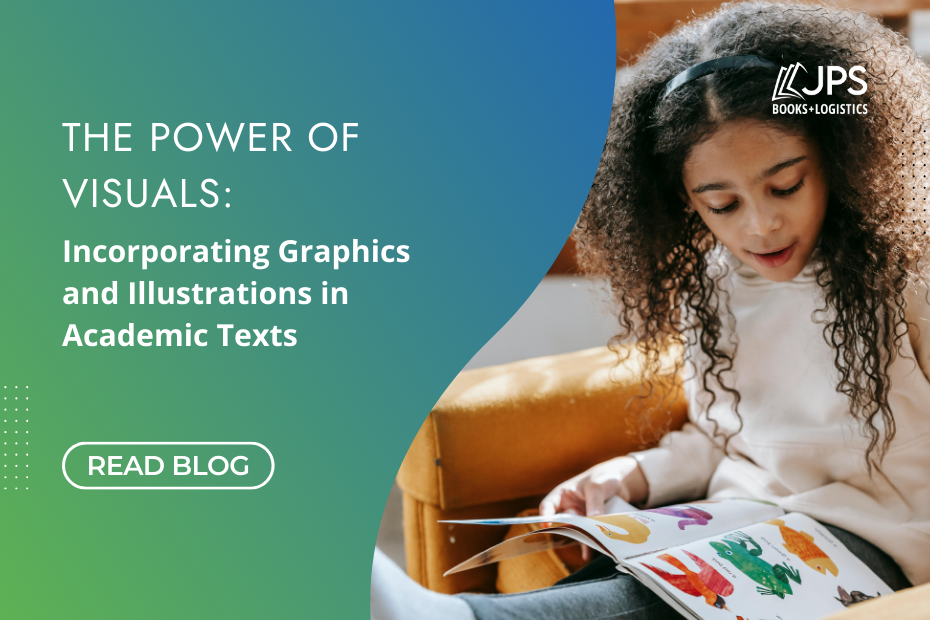In the era of digital dominance, there’s an unmistakable draw of the printed page—especially in academic settings.
While iPhones, laptops and screens offer convenience, there’s something uniquely powerful about holding a physical book or sheet of paper in your hands.
At JPS Books + Logistics, we understand the importance of this tactile experience, which is why we champion the use of colorful graphics and thoughtful illustrations in academic texts.
Ready to explore why incorporating visuals is so powerful, and how it can enhance your student’s learning experience? Let’s dive in!
The Impact of Physical Materials over Digital Ones
For starters, numerous studies have shown that physical materials have a profound impact on learning and comprehension.
One such study by Anne Mangen and colleagues at the University of Stavanger in Norway found that students who read on paper scored significantly better on reading comprehension tests than those who read the same text on a digital device.
The tactile experience of turning pages and physically interacting with the material seems to contribute to better understanding and retention.
Making Long-Term Connections with Memory and Retention
One of the key benefits of incorporating graphics and illustrations in academic texts is their ability to help students make long-term connections with the material.
According to research published in the journal Educational Psychology Review, visuals can enhance learning by providing additional pathways for information to be processed and stored in memory.
This means that students are more likely to remember and retain information when it is presented in a visual format!
The Role of Vibrant Printed Materials
When it comes to learning, presentation matters.
Vibrant printed materials not only capture our attention, but also make the content more engaging and memorable!
A study published in the journal Learning and Instruction found that students who studied from materials with high-quality illustrations performed better on a test of factual knowledge compared to those who studied from materials with low-quality illustrations.
This suggests that the quality of visuals in academic materials can have a significant impact on learning outcomes!
5 Practical Tips for Incorporating Visuals in Academic Texts
In summary, it all boils down to these five key takeaways:
- Use infographics to summarize complex information.
- Include diagrams and charts to illustrate key concepts.
- Incorporate photographs and illustrations to make the content more engaging.
- Use color strategically to highlight important information and create visual hierarchy.
- Partner with a knowledgeable local printing partner to get the most effective results!
Before You Go…
Now you know: incorporating graphics and illustrations in academic texts can significantly enhance the learning experience for students.
At JPS Books + Logistics, we believe in the power of visuals to engage, educate, and inspire.
By embracing the tactile nature of physical materials and leveraging the impact of vibrant printed materials, educators can create learning resources that are not only informative but also memorable!
Ready to take your academic learning materials to the next level?


